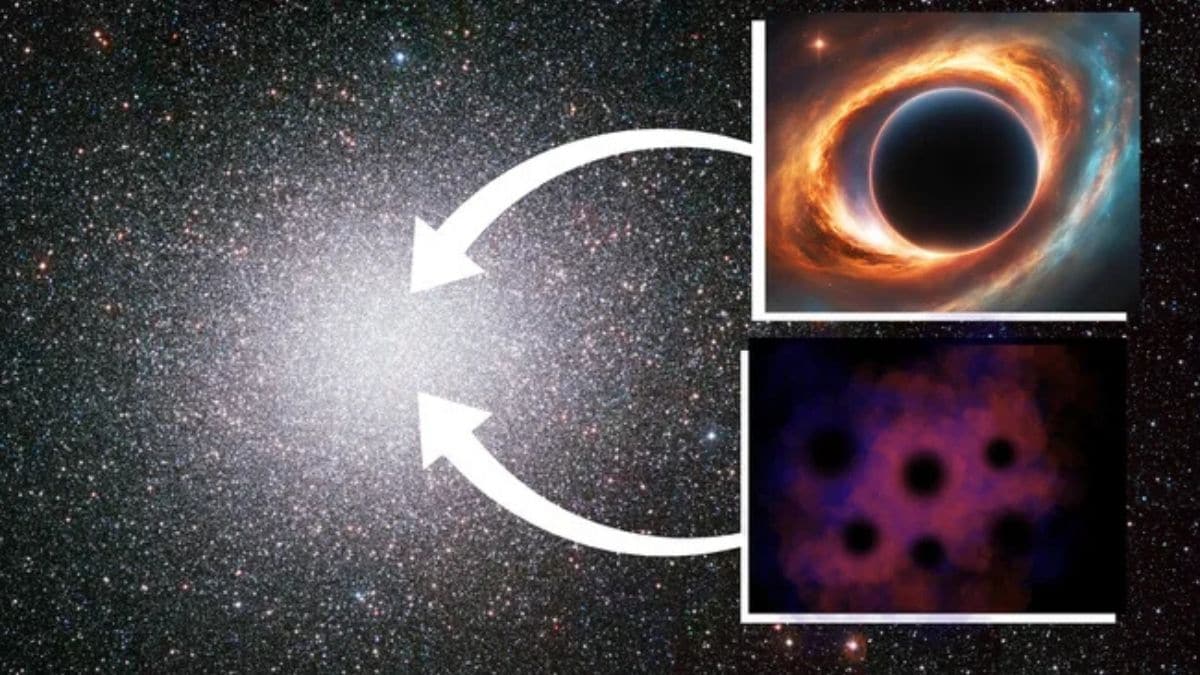A black hole once believed to bridge the gap between stellar-mass and supermassive black holes has been re-evaluated. The object, previously identified as an intermediate-mass black hole in the dense star cluster Omega Centauri, has been reclassified as a cluster of smaller stellar-mass black holes. This finding challenges earlier conclusions about the discovery of this elusive category of black holes. Omega Centauri, located within the Milky Way and containing around 10 million stars, has long been studied for its unique characteristics and potential remnants of a cannibalised dwarf galaxy.
Analysis of Omega Centauri
According to researchers, as reported by Live Science, the identification was based on unusual stellar velocities within Omega Centauri's core. These movements were initially attributed to an intermediate-mass black hole, estimated at 8,200 solar masses, observed using the Hubble Space Telescope.
The new study, however, factored in pulsar data, leading to the revised conclusion. Pulsars, rapidly rotating neutron stars emitting radiation beams, provided detailed insights into the cluster's gravitational forces.
Justin Read, a researcher at the University of Surrey, has stated to space.com that the team's analysis suggests the mass at the center of Omega Centauri does not exceed 6,000 solar masses and likely coexists with stellar-mass black holes. This reassessment underscores the need for advanced methods to probe dense star clusters more precisely.
Significance of Intermediate-Mass Black Holes
Intermediate-mass black holes, occupying a theoretical mass range between stellar-mass and supermassive black holes, are regarded as vital to understanding the growth of black holes into supermassive giants. Despite their importance, evidence supporting their existence remains inconclusive. Andrés Bañares Hernández from the Instituto de Astrofísica de Canarias highlighted the study's contribution to refining detection methods and advancing research into star cluster evolution.
While the search for intermediate-mass black holes continues, this study also offers insights into pulsar formation, marking progress in understanding dense stellar environments. Researchers remain optimistic about future discoveries as observational techniques evolve.


